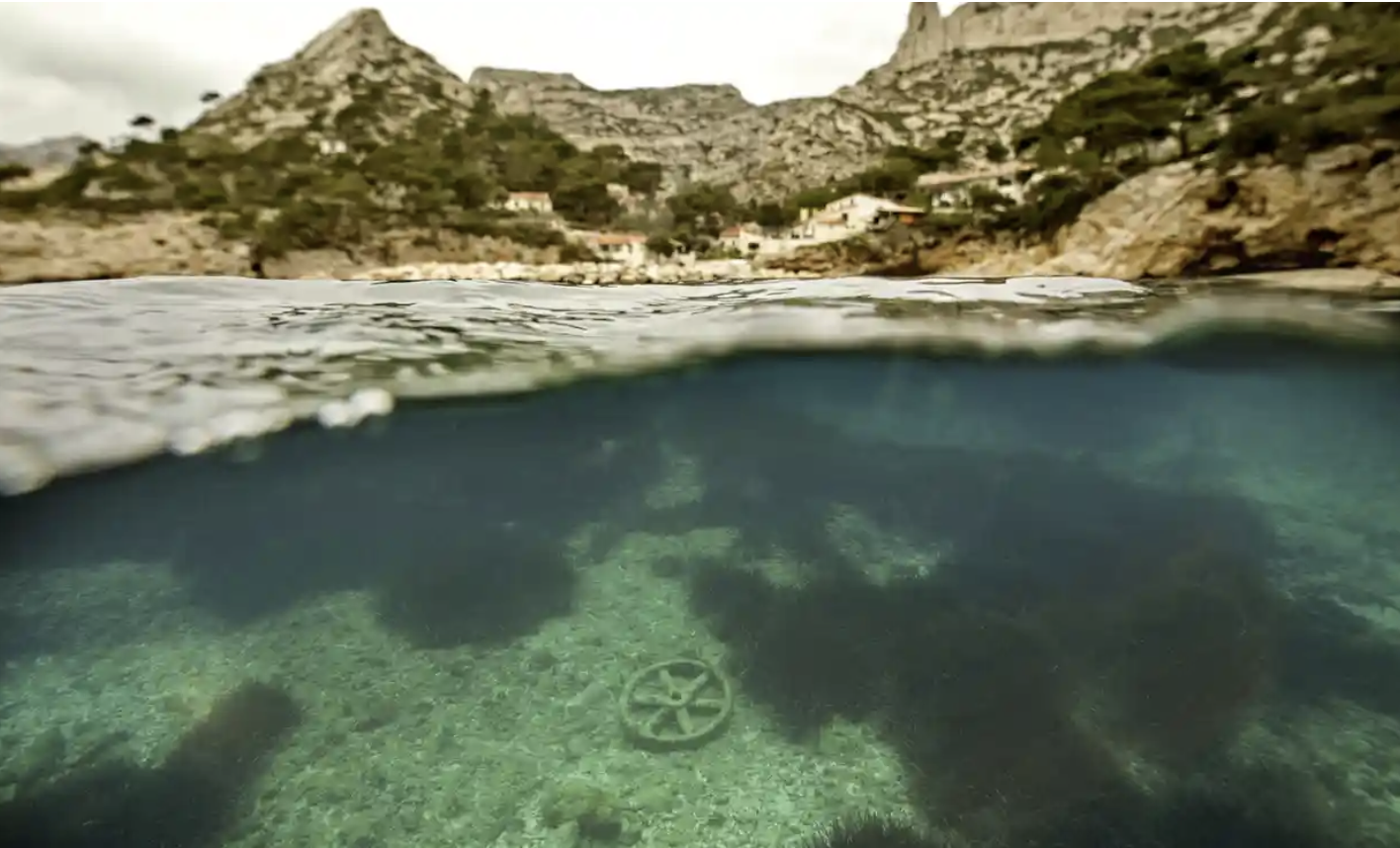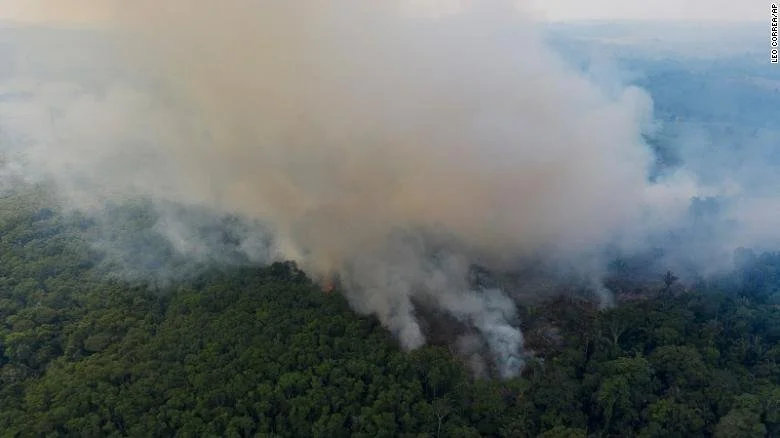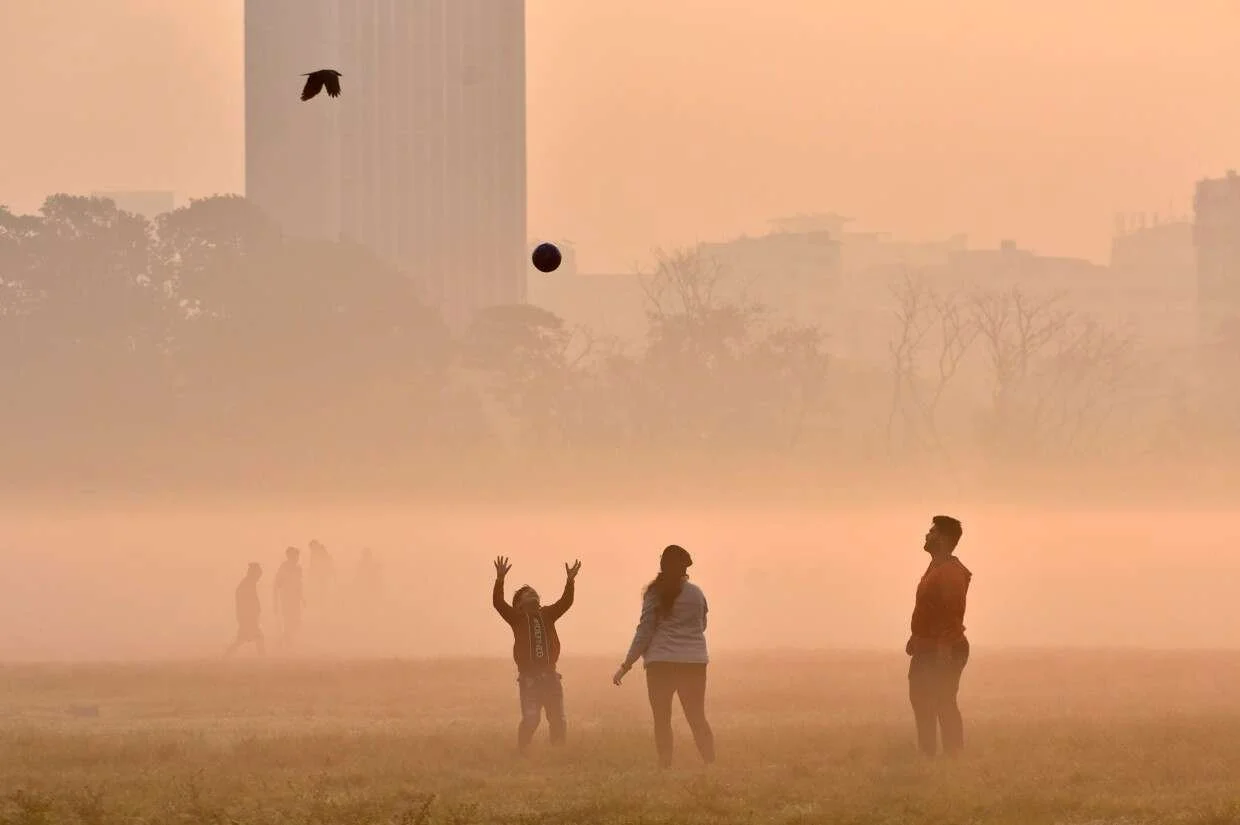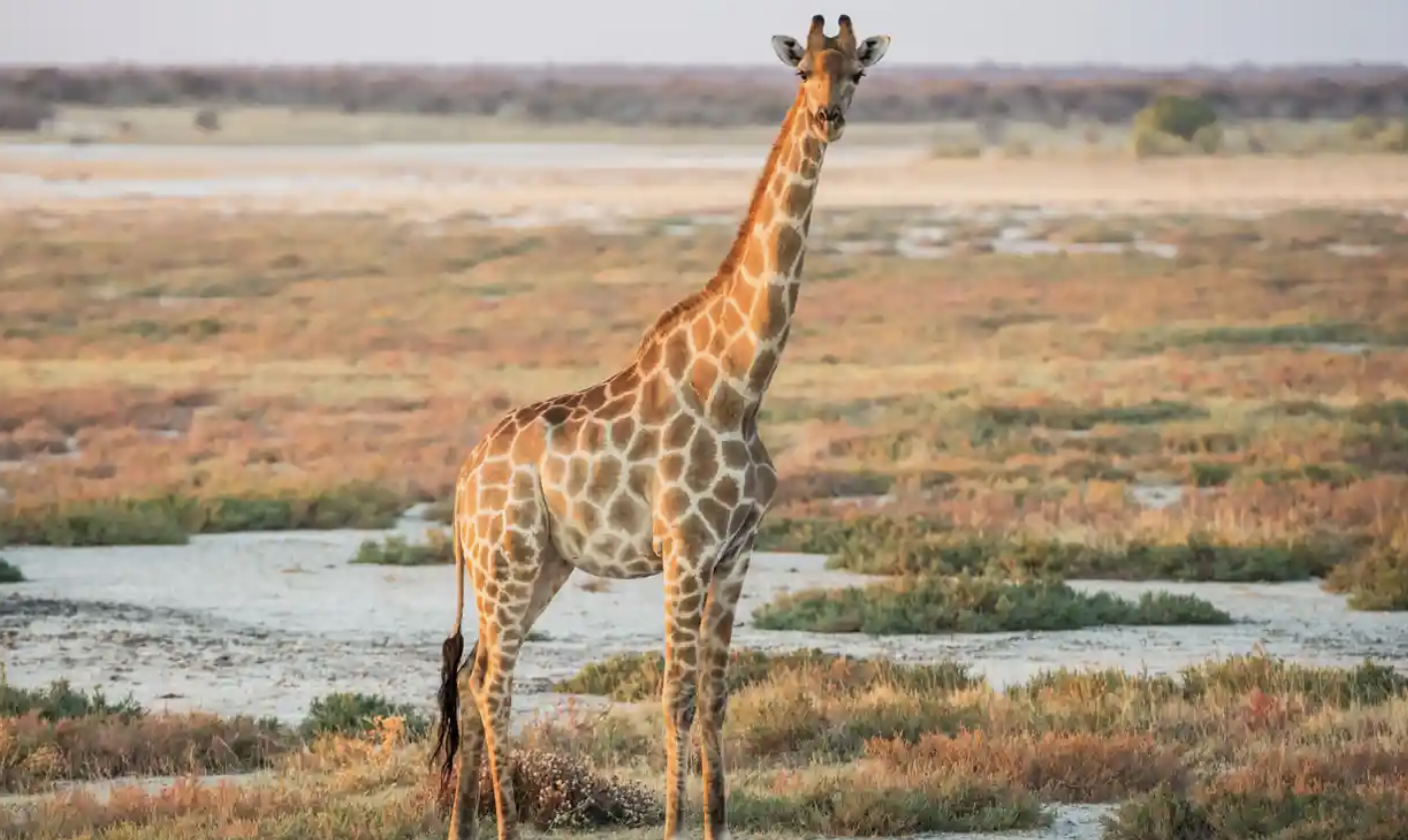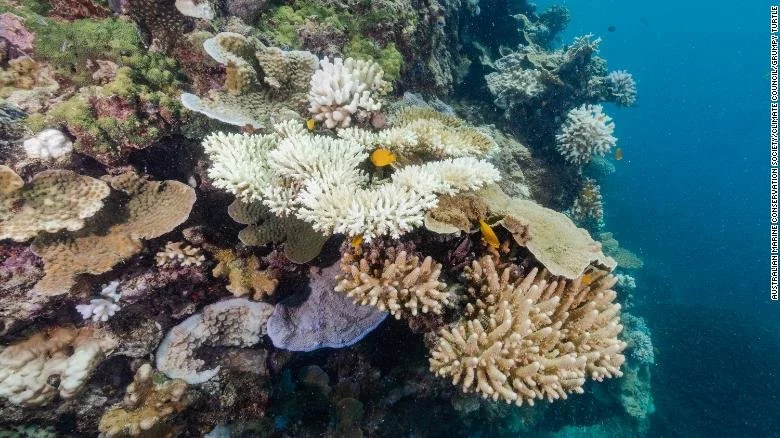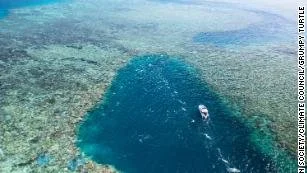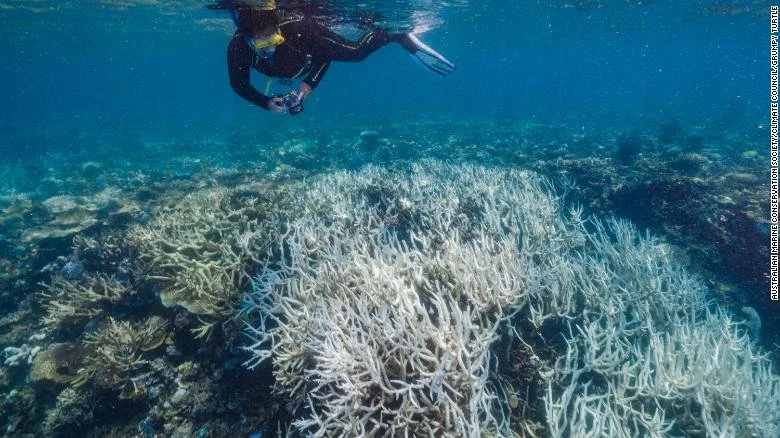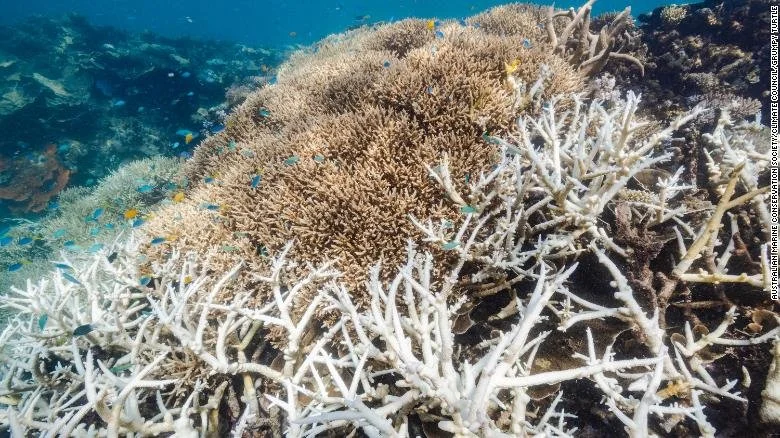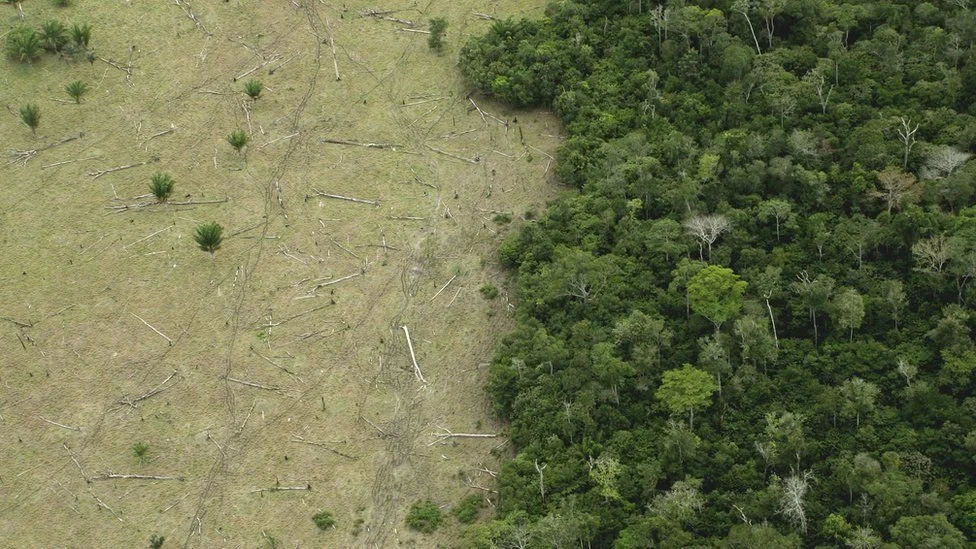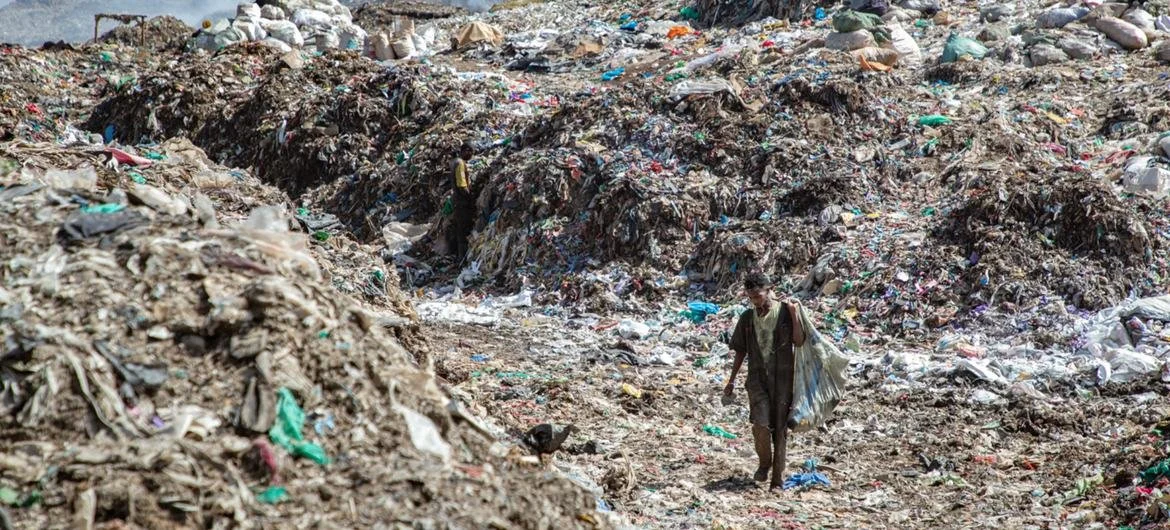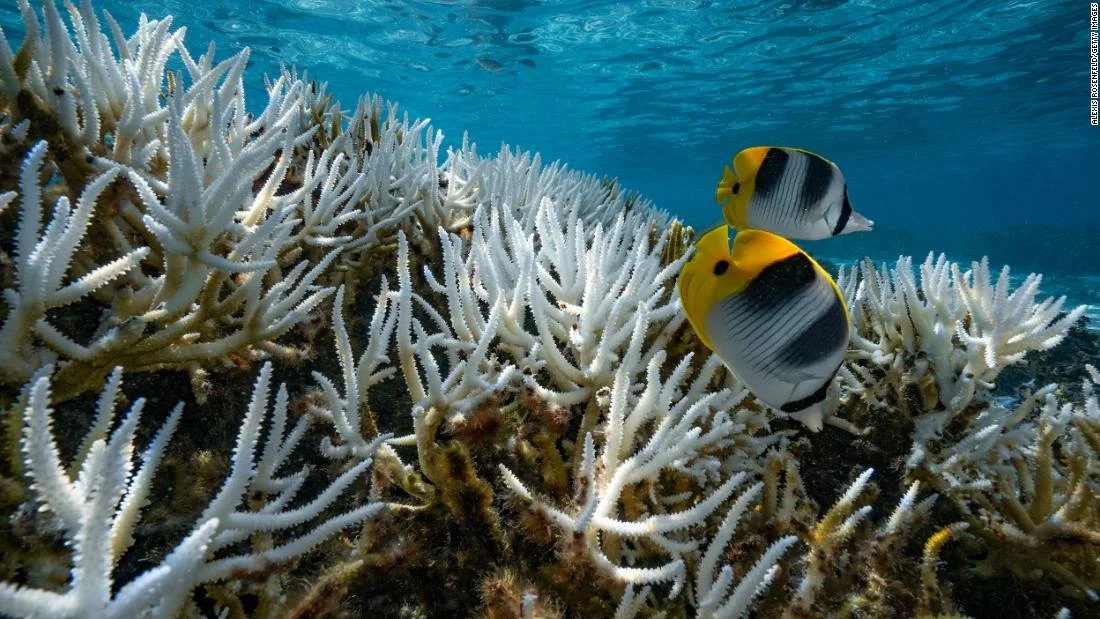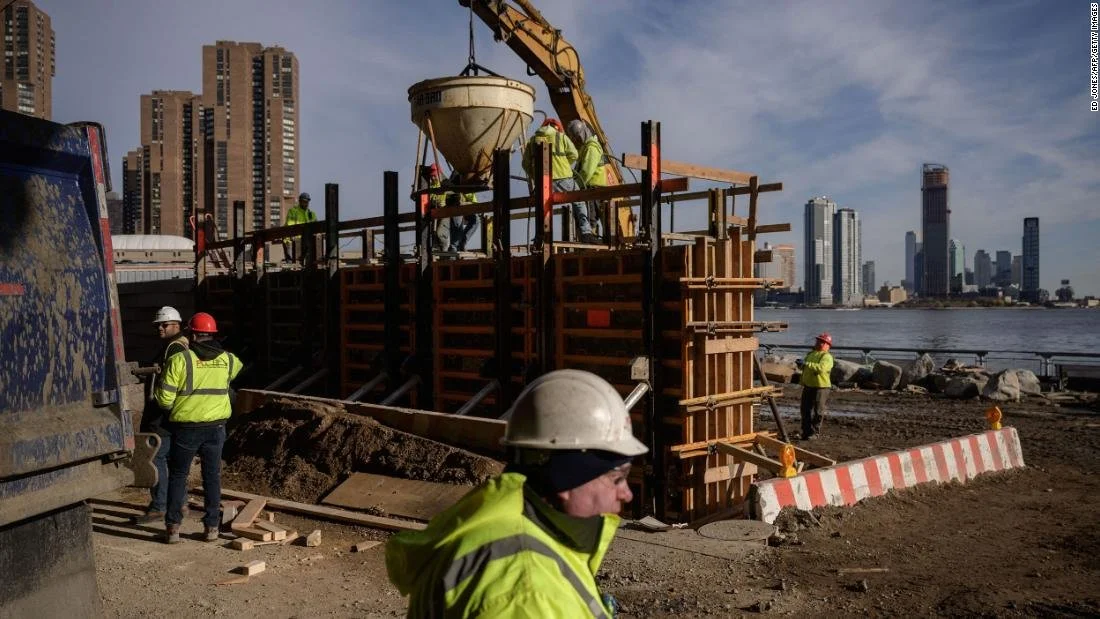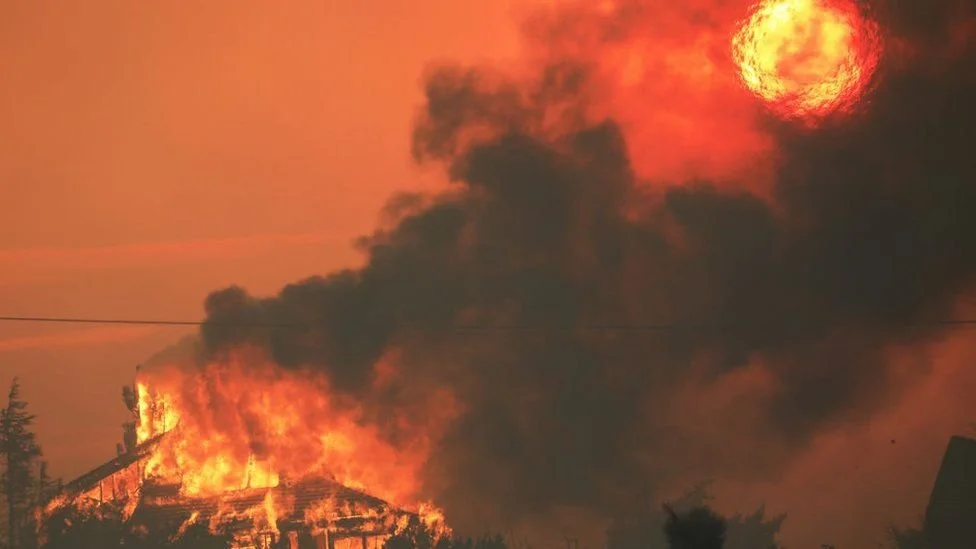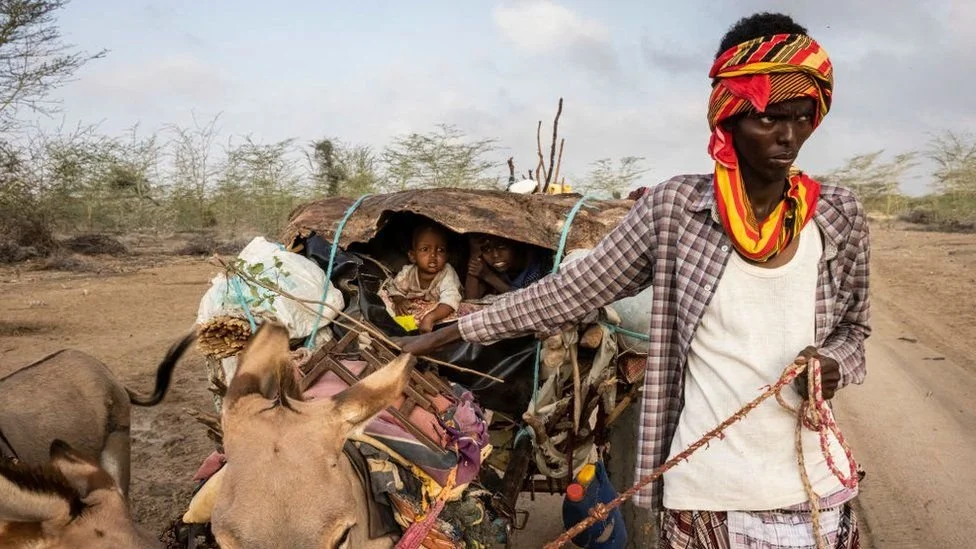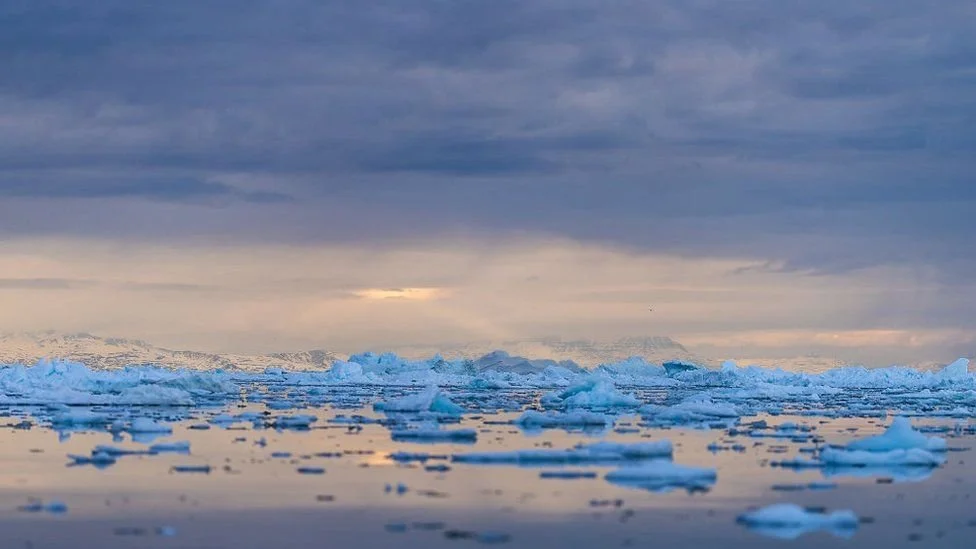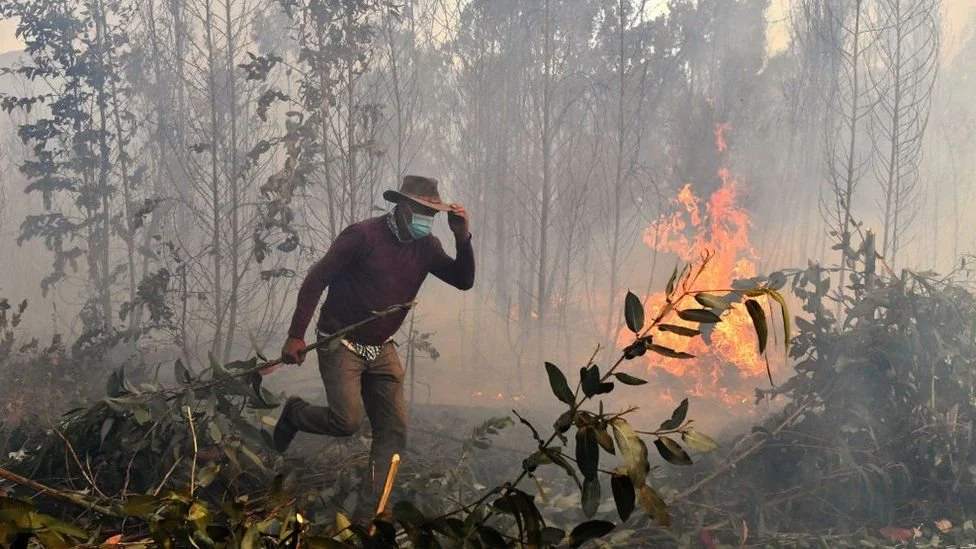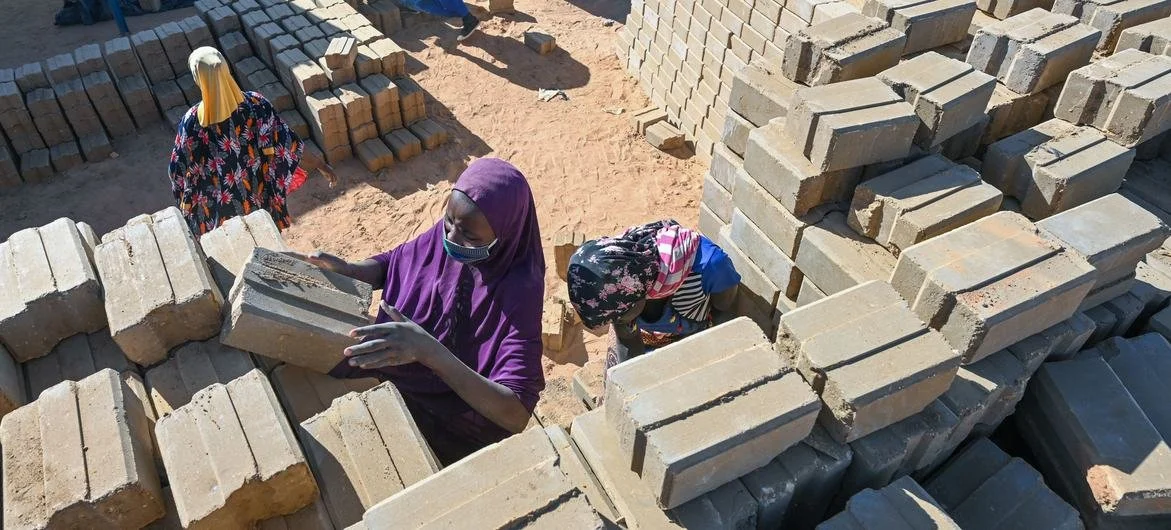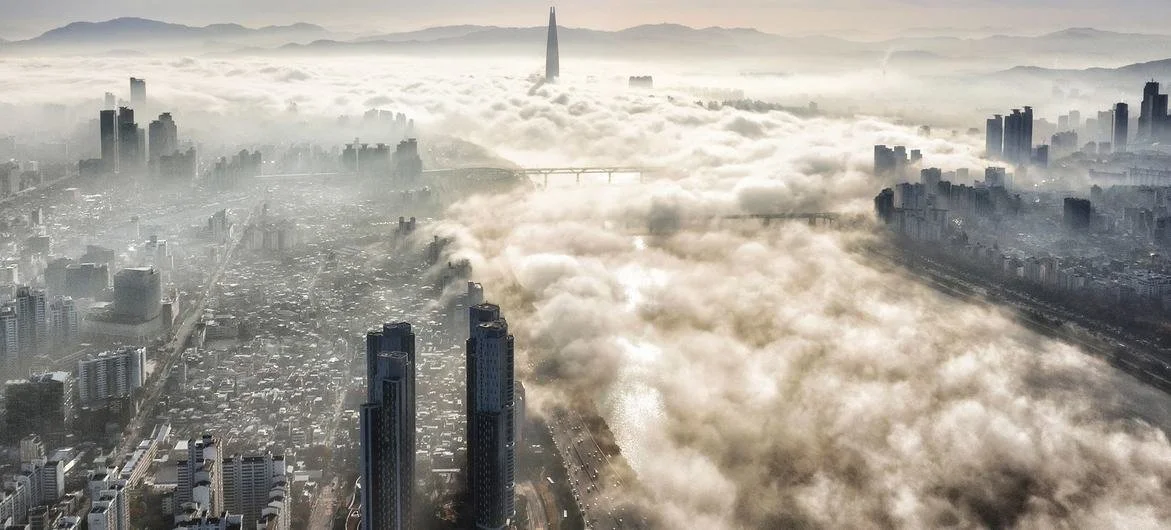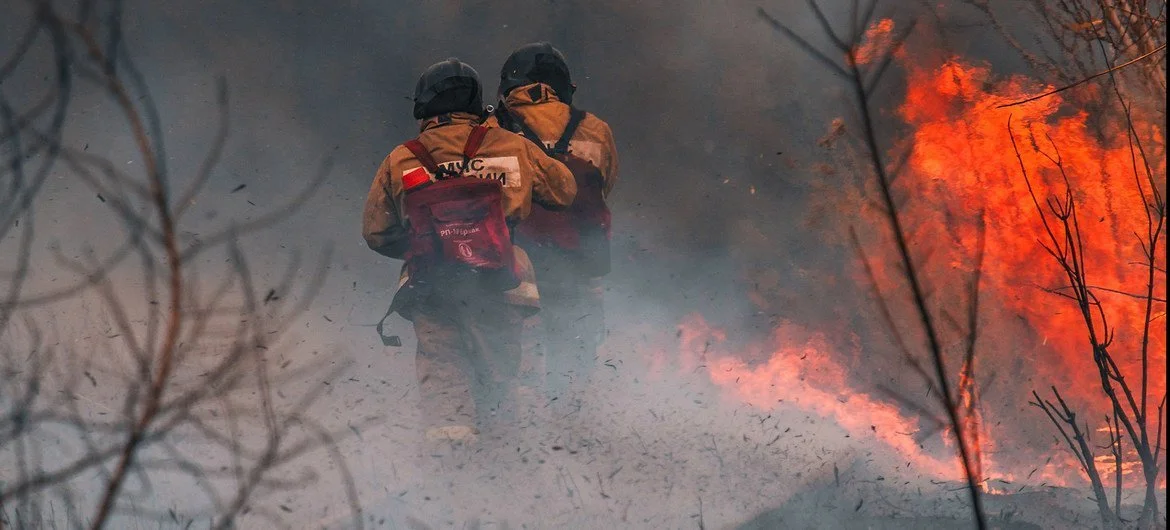UN NEWS
WHO/Ernest Ankomah I A two-year old girl with cancer gets her vitals taken by a nurse at a hospital in Ghana.
The decision was taken at the inaugural International Strategic Dialogue on Noncommunicable Diseases (NCDs) and the SDGs, held in Accra, Ghana, where a new Global Compact on NCDs was launched. The dialogue was co-hosted by WHO, together with Ghana and Norway.
National leaders highlighted the urgency of what WHO refers to as the NCD pandemic, which kills 7 out of 10 people globally from risk factors like tobacco, alcohol, unhealthy diet, physical inactivity, and air pollution.
7 million lives saved, at low cost
NCDs are largely preventable and treatable, nearly seven million lives could be saved for just US$ 0.84 per person per year from now until 2030, says the UN health agency.
This investment would realize more than $230 billion in economic and societal benefits and head off nearly 10 million heart attacks and strokes globally, by 2030.
The group will now convene annually at the UN General Assembly, with the first meeting expected to take place in September 2022.
The Compact will focus on five key areas:
1) Saving the lives of 50 million people by 2030, who could die prematurely of NCDs by implementing the most cost-effective prevention measures.
2) Protecting 1.7 billion people living with NCDs by ensuring that they have access to the medicines and care they need during emergencies.
3) Integrating NCDs within primary health care and universal health coverage.
4) Comprehensive NCD surveillance and monitoring.
5)And finally, meaningfully engaging 1.7 billion people living with NCDs and mental health conditions in policy-making and programming.
Nana Addo Dankwa Afuko-Addo, President of Ghana, outlined his country’s success in implementing tobacco demand-reduction measures and introducing guidelines for NCD management, but also highlighted the challenges for lower-income countries in accelerating action.
“Tackling the phenomenon of NCDs requires leadership to provide visibility to NCD issues”, he said. “I ask my Heads of State colleagues to join hands…as we find solutions to NCDs with a roadmap of universal health coverage and the Sustainable Development Goals. In our time, this will be our legacy”.
Lives cut short
WHO chief, Tedros Adhanom Ghebreyesus, said that apart from the death toll, “NCDs take a heavy toll on economies, cutting down people in their most productive years. Overcoming this challenge requires technical, financial, and above all, political commitment. I thank the Governments of Norway and Ghana for establishing the first Global Heads of State and Government Group on NCDs, and launching the Global NCD Compact”.
Norway’s Prime Minister, Jonas Gahr Støre, Prime Minister of Norway, said investing in stronger health systems, service delivery and the prevention of NCDs would make vulnerable populations more resilient to COVID-19 and future pandemics.
“This is also vital for promoting universal health coverage. NCD prevention, and access to treatment and medicine must be a core component in the efforts to enhance pandemic preparedness and response, and in building back better in the post-pandemic recovery."
And Dr. Matshidiso Moeti, WHO Regional Director for Africa, told the meeting that NCDs account for nearly a third of all deaths in Africa, “where they not only pose a grave threat to health and well-being, but also blunt socioeconomic development. The commitment reached today marks a crucial step in speeding up the progress against these diseases and their risk factors as well as the suffering and deaths they cause.”



